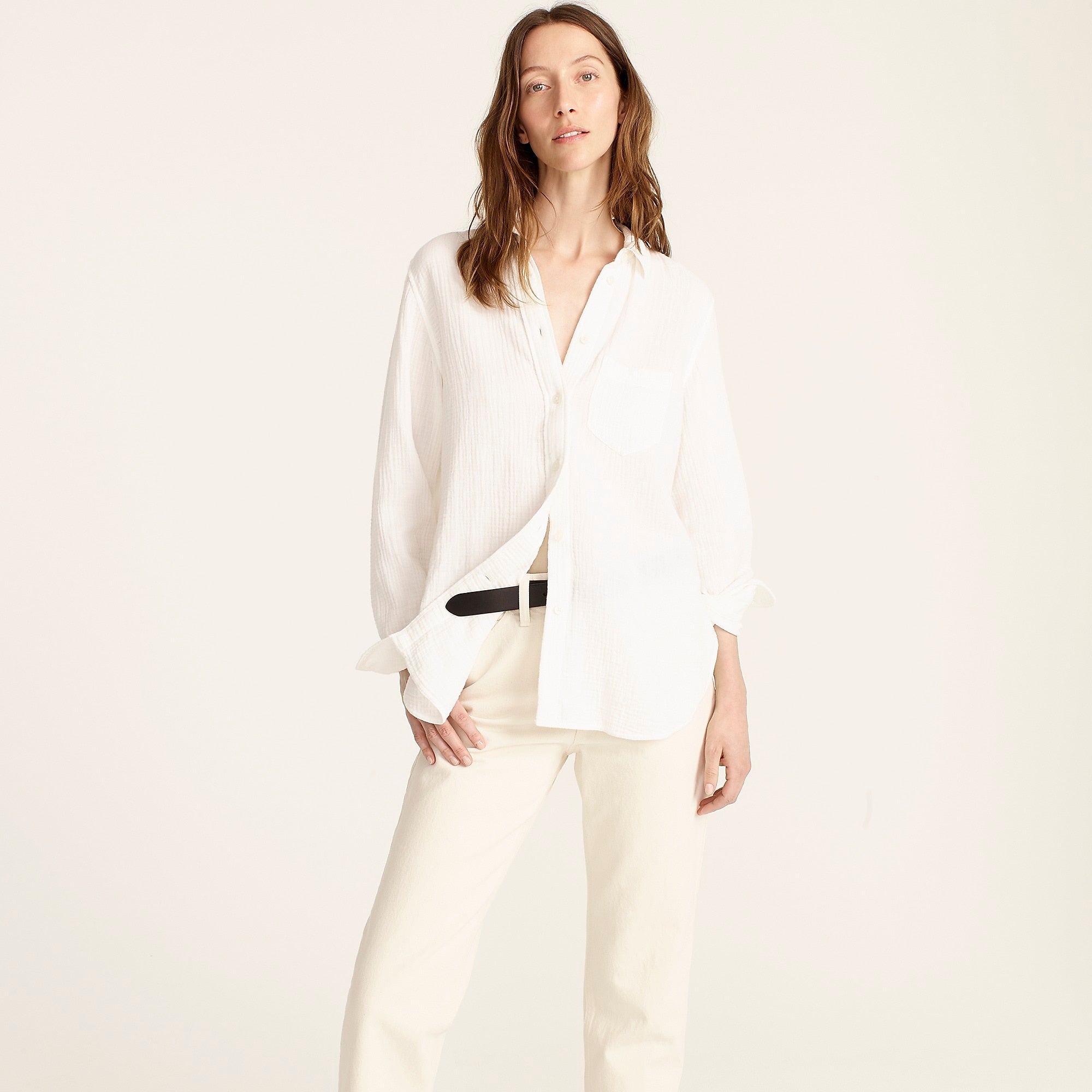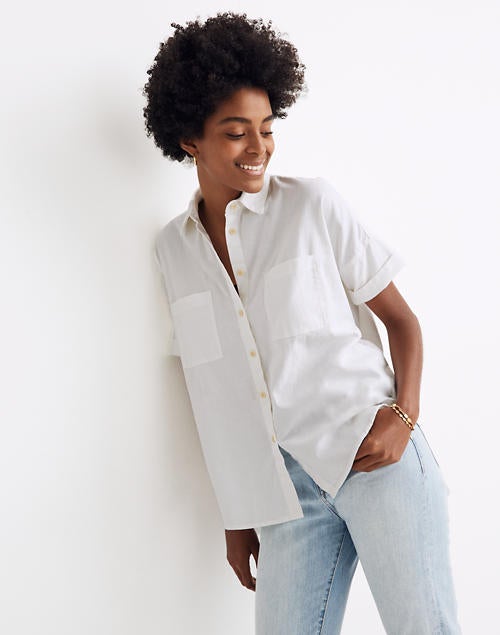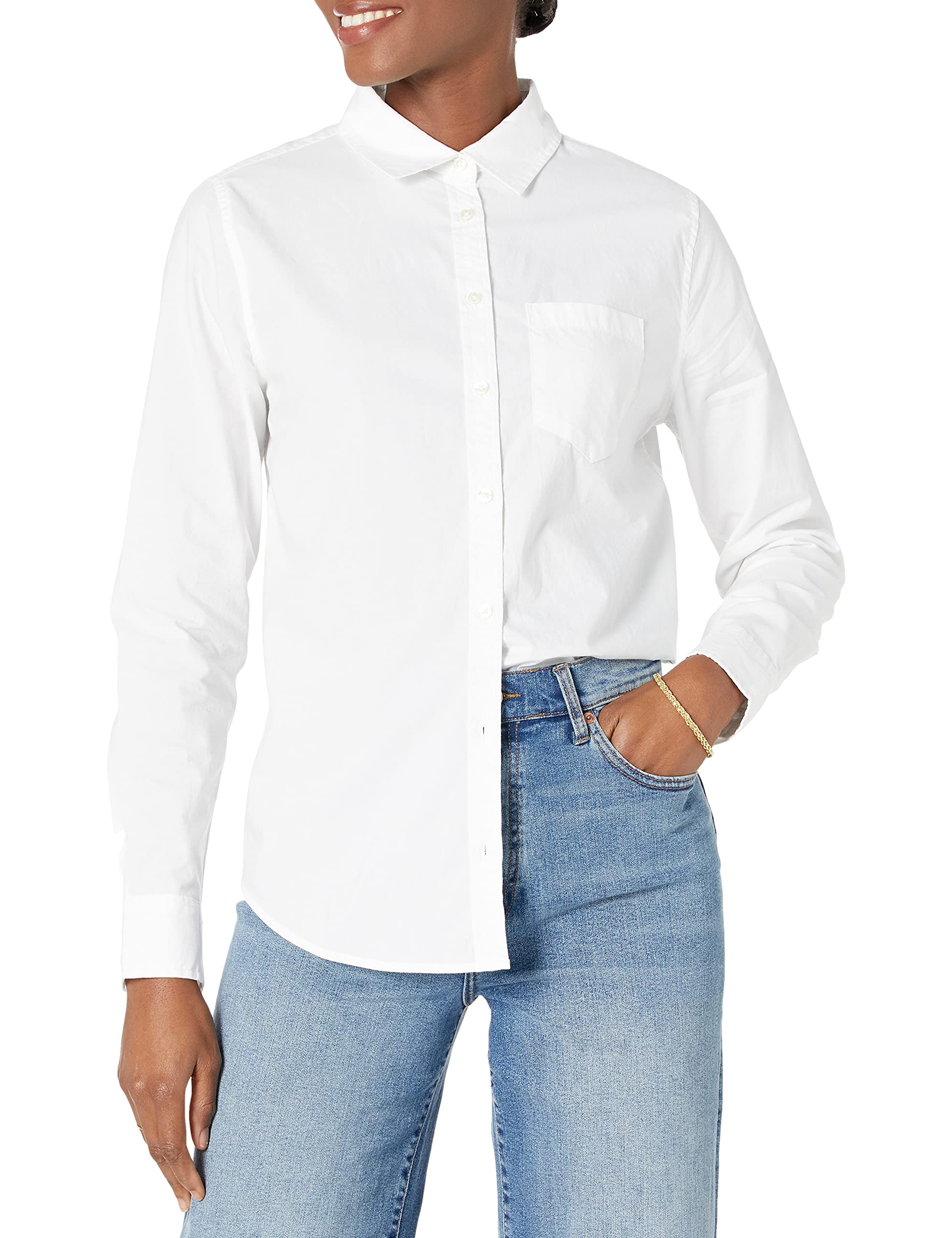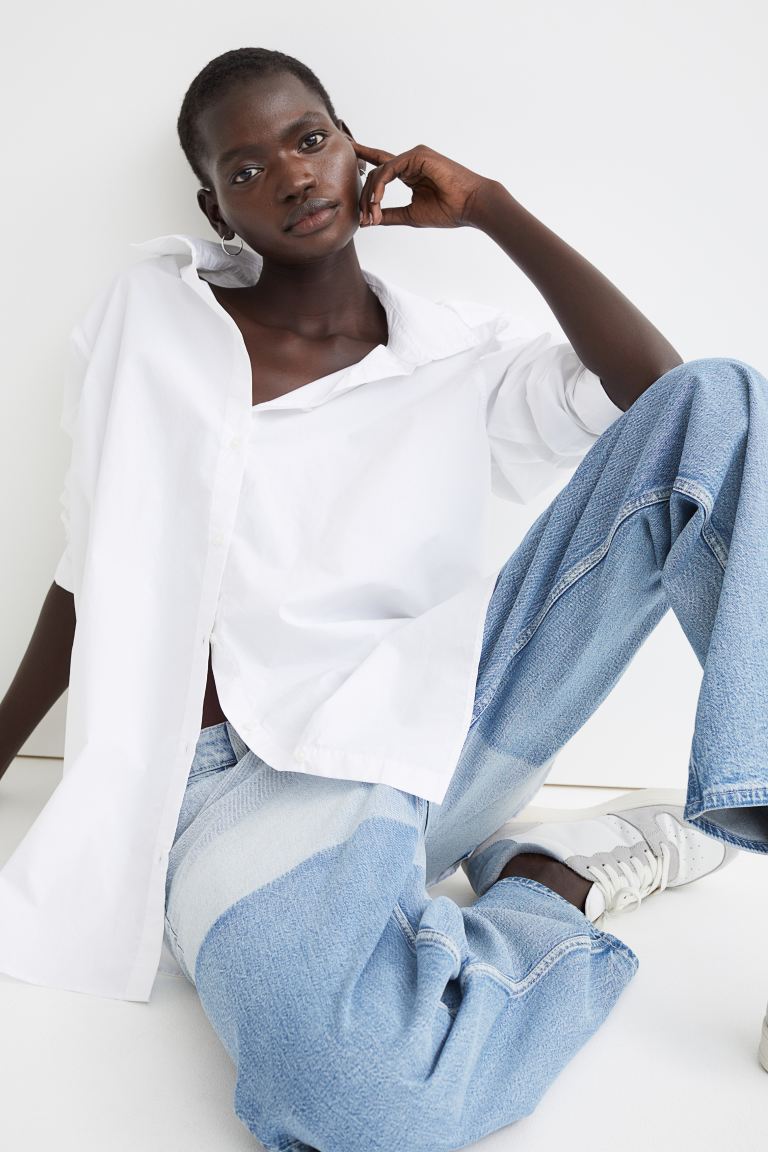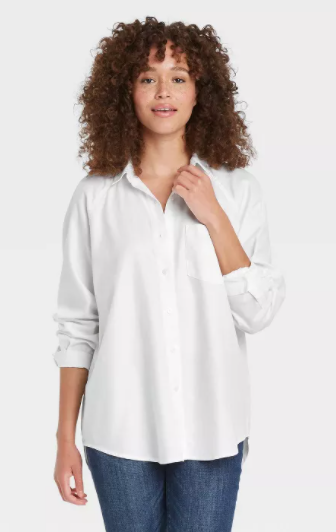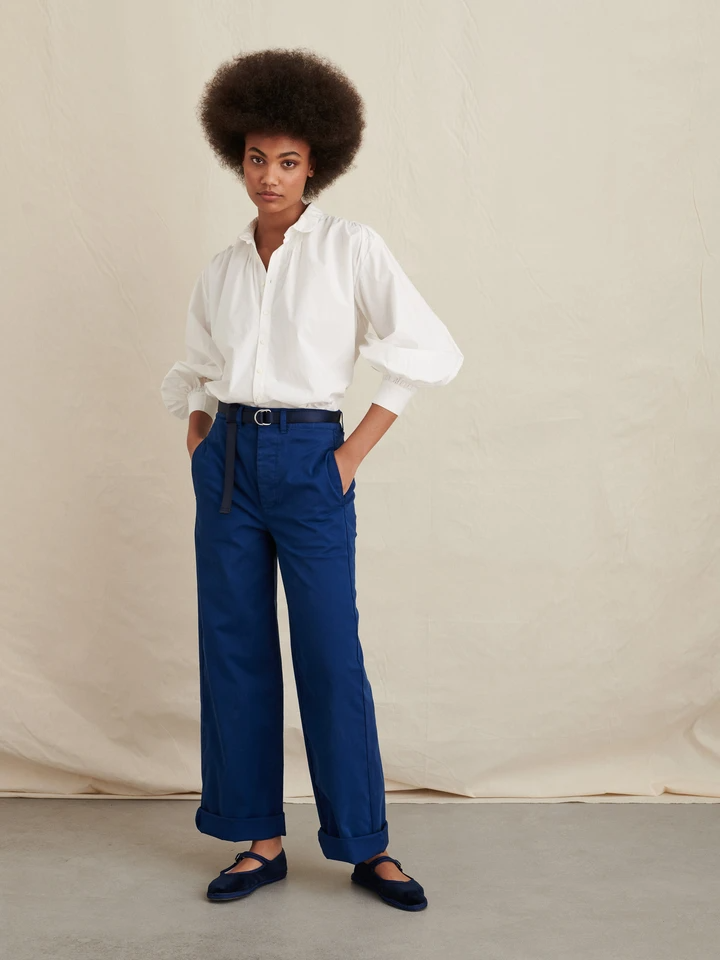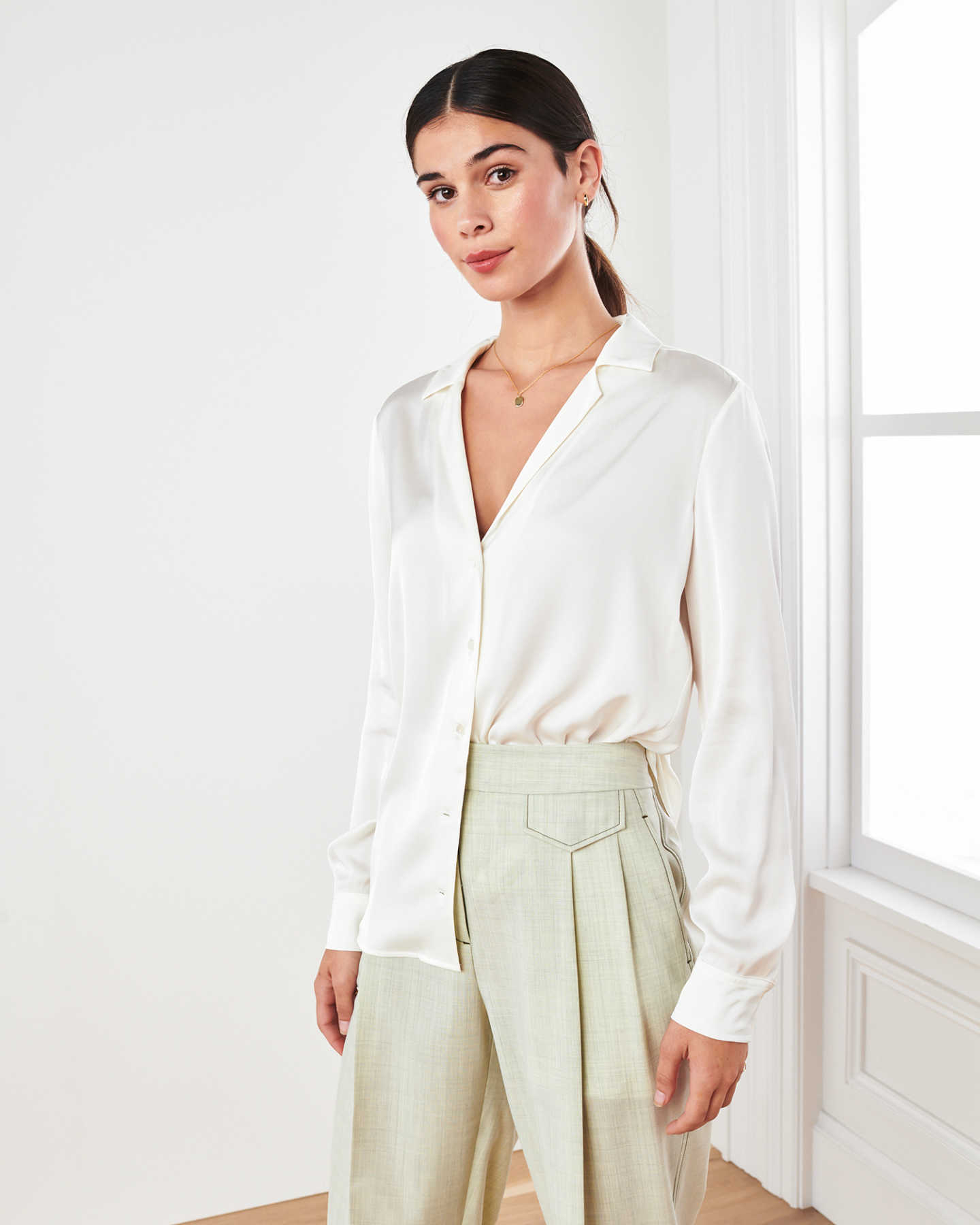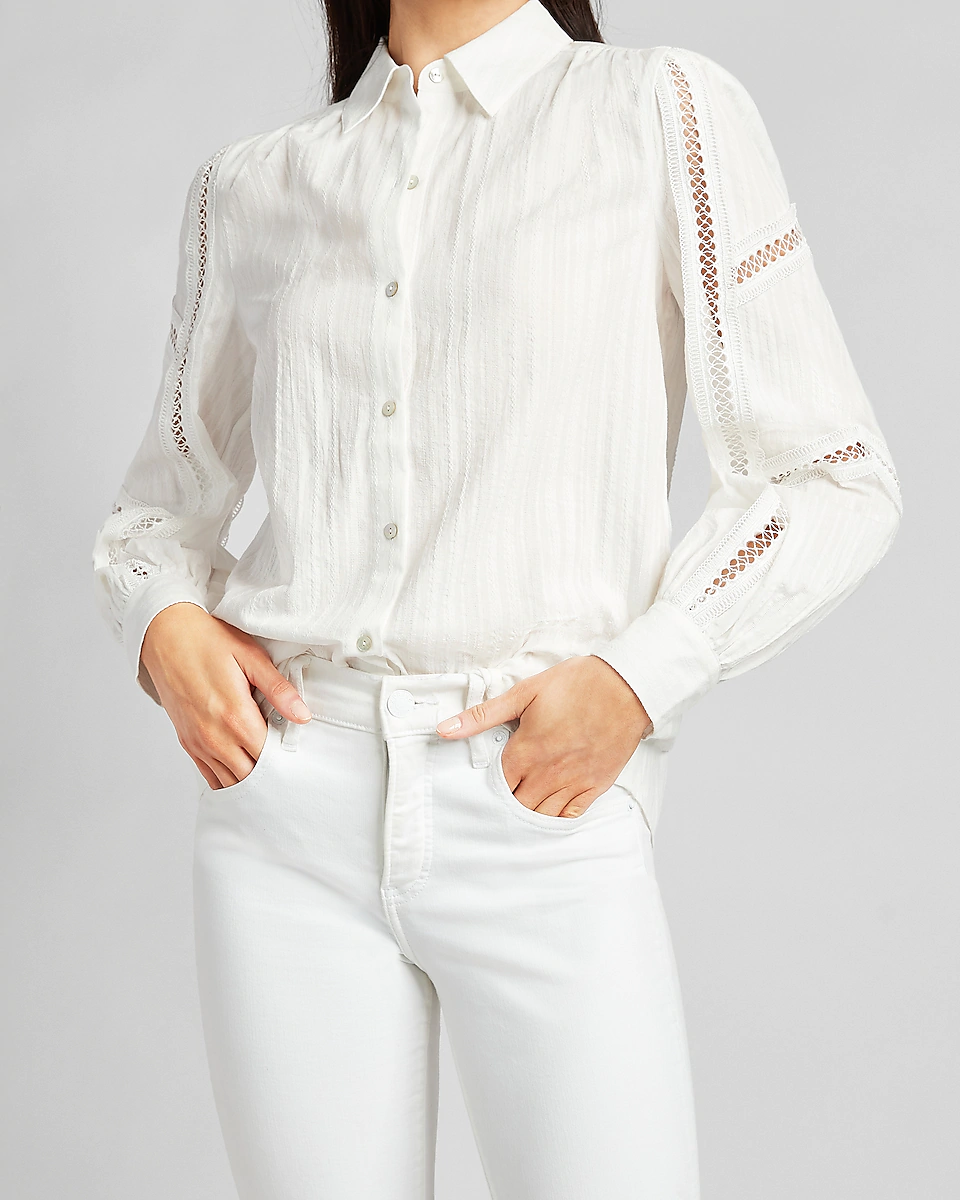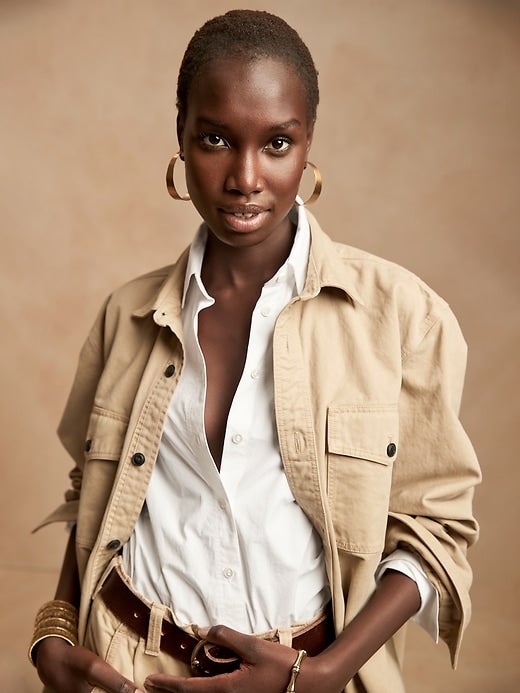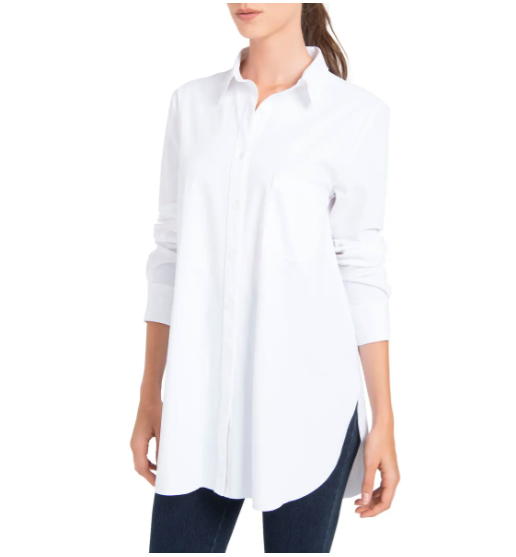Despite being obsessed with fashion designers at an early age, I was already in my late teens when I finally learned Carolina Herrera was Venezuelan. Growing up in Puerto Rico, I had my doubts about whether Herrera was even from Latin America. Her last name was a good indicator that she was, but it somehow didn’t convince me. I asked my mom — one of her biggest fans — but she shrugged off the question with a simple “I’m not sure.” Looking back, it’s clear to me that I wasn’t really interested in judging Carolina Herrera’s Latinx bona fides. What I wanted was to reassure myself that there were other people from Latin America that could also make it to the upper echelons of fashion; people who rolled their R’s just like me.
But, Herrera’s Venezuelan heritage was hardly ever mentioned. The same was true for Oscar de la Renta and Isabel Toledo. They were all referred to as “American;” their country of origin and heritage were watered down to a generalized idea that American fashion designers sometimes spoke with an accent or had Spanish last names. But inside the Costume Institute’s latest exhibition “In America: A Lexicon Of Fashion,” there are signs that things might be taking a turn for a more inclusive and diverse representation of Latin American and Latinx fashion designers.
This year’s exhibition — the first of a two-part show to be continued in May 2022 — is rooted in a quote by Rev. Jesse Jackson: “America is more like a quilt — many patches, many pieces, many colors, many sizes, all woven and held together by a common thread.” The exhibition was dreamed up by the Costume Institute’s head curator Andrew Bolton, and features a group of Latin American designers who hail from Venezuela (Herrera), the Dominican Republic (Oscar de la Renta), and Cuba (Isabel Toledo and Narciso Rodriguez). They’re accompanied by other emerging Latinx designers like Mexican-American Rio Uribe of Gypsy Sport, Uruguayan Gabriela Hearst, and Mexican Raul Solís of LRS.
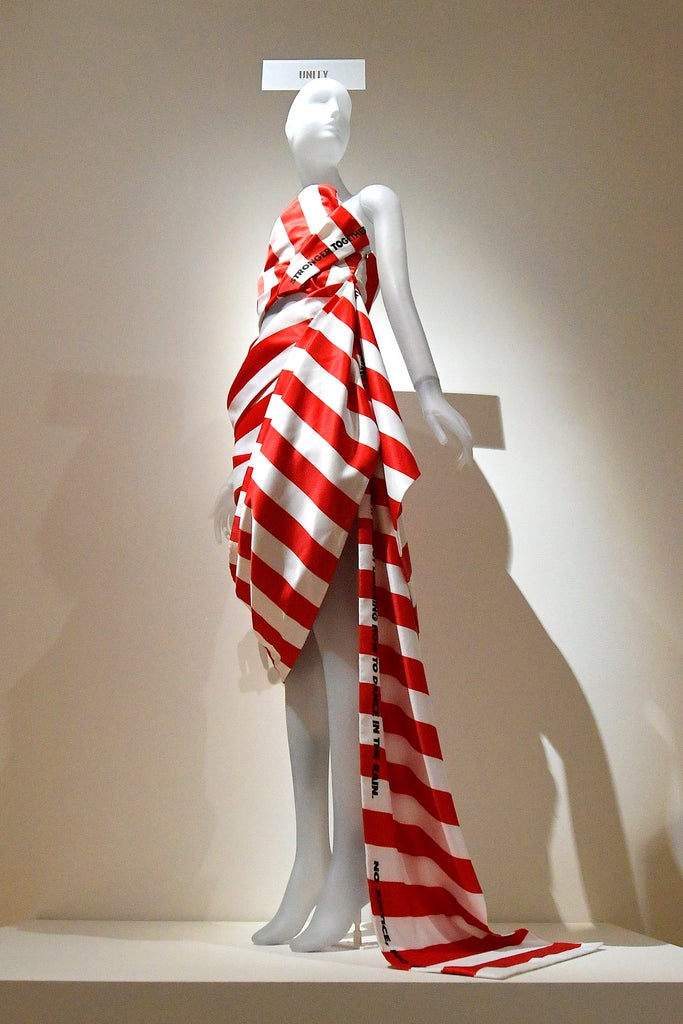
Walking through the exhibition, I thought about Jackson’s quote because, just like the United States as a whole, the Latin American and Latinx communities are also composed of many patches, pieces, colors, and sizes. But you wouldn’t know it if you looked at how they’re perceived by the fashion industry despite the many decades in which Latinx designers have been power players.
“Historically, some of our most venerable labels were founded by Latinos,” says Erik Maza, senior fashion features director of Town & Country, who emigrated from Cuba in 1998. “What the industry has to ask itself is, ‘are these examples the exception to the rule? Are there enough of us, and do we have a seat at the table?’” While there is no question that Latin American designers have earned a rightful place in the U.S. fashion industry, who has been granted a key inside tells another story about American values.
Take, for example, Carolina Herrera. While the designer may speak with an accent, she has always been among New York’s wealthy elites. She grew up in socialite circles in her native Caracas, and later married a direct descendant of Spanish royalty. In 1965, she got a job as a publicist for Italian fashion designer Emilio Pucci, who was a close family friend, eventually becoming well known for her own glamorous style. This was part of what inspired former Vogue editor-in-chief Diana Vreeland to encourage Herrera to become a designer herself. She eventually debuted her first collection at the exclusive, members-only Metropolitan Club in Manhattan, and found great success afterward. The kind of access that Herrera had is worlds apart from the reality of poor and working-class people, who are largely Black and Indigenous, in Latin America and Latinx communities in the United States.
“The real question is, who gets represented under Latinidad, and that’s something that we are still deconstructing,” says Ecuadorian-American PR and marketing consultant Aldo Araujo, who currently works with the Council of Fashion Designers of America. At a time when the Latinx community in the United States is composed of more than 60 million people, Araujo is demanding and working toward a more accurate representation that’s on par with the racial, economic, and political diversity within these communities. Araujo has worked to promote Latinx talent within the industry, including a series of profiles on designers, models, and stylists on the nonprofit’s site, featuring models Dilone and Jillian Mercado, stylist Mellany Sánchez, and designer Raúl Solís.
Maza says that this type of work is crucial to opening more doors: “As Latinos, and I’m including myself here, we could also do a better job of banding together to speak up for our causes and promote, mentor, and employ the staggering pool of undiscovered Latinx talent out there.”
This effort also involves the media. Fashion and beauty media mastheads are slowly diversifying, with Latinx editors and writers like Nina García at Elle magazine, Mario Abad at Paper magazine, Ana Colón at Fashionista, Sandra E. García at The New York Times, Karla Martínez de Salas at Vogue México, and Maza at Town & Country. Their efforts have resulted in storytelling that highlights the diversity among Latinx talent, as well as providing a platform for conversations around what it even means to be Latinx.
Some are more successful than others. Just recently, García, who is the editor in chief at Elle, released the magazine’s first-ever Latinx issue cover featuring Selena Gomez (Disclosure: I wrote a piece for this issue, and had no involvement with the cover story.) While Gomez is Mexican-American, the cover’s credits — from fashion and makeup to photography and styling — were filled with non-Latinx names; Chanel was the most prominent brand featured, and Gomez was styled to resemble Marilyn Monroe. Some took the cover as a missed opportunity.
“While I celebrate the fact that Elle finally came out with an issue dedicated to the community, and I’m genuinely happy for Gomez, it does feel a bit same ol’, same ol’ for me,” wrote journalist Johanna Ferreira on POPSUGAR. “How does this cover make other Latinx communities feel seen? It doesn’t.”
It’s mishaps like these that contributes to the notion that the fashion industry considers the Latinx community a monolith because it erases the fact that this term — with its many flawed definitions — comes from multilingual, multiracial, multiethnic communities that have long fought to avoid being reduced to one dimension. And while today’s industry is welcoming a wider set of Latinx designers, it still suffers from staggering anti-Blackness.
In the Costume Institute’s exhibition, it’s clear that some Latinx designers are no longer willing to stay silent on issues that affect non-elites. One of the most strikingly-displayed garments in the show is an American flag ensemble designed by Gypsy Sport, which is later followed by a red-and-white striped dress by Raul Solis of LRS emblazoned with slogans like “No Justice, No Peace.” (Some notable absences from the lineup include Calvin Klein’s senior vice president of design Willy Chavarría, whose most recent collection was inspired by delivery workers and has long embedded his Mexican-American heritage into the collections for his eponymous label.)
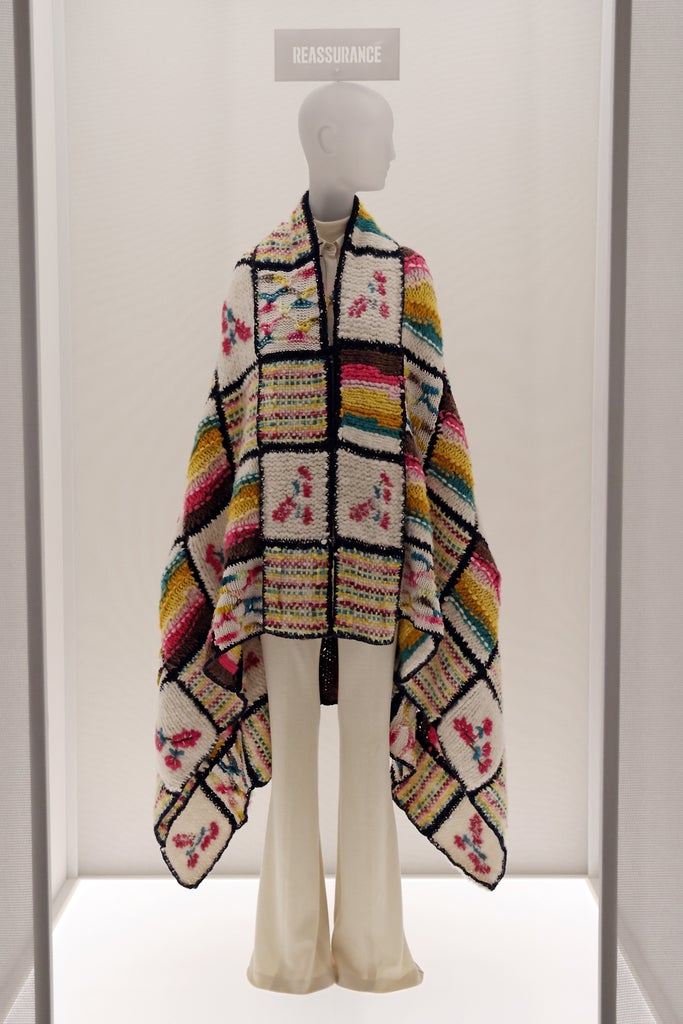
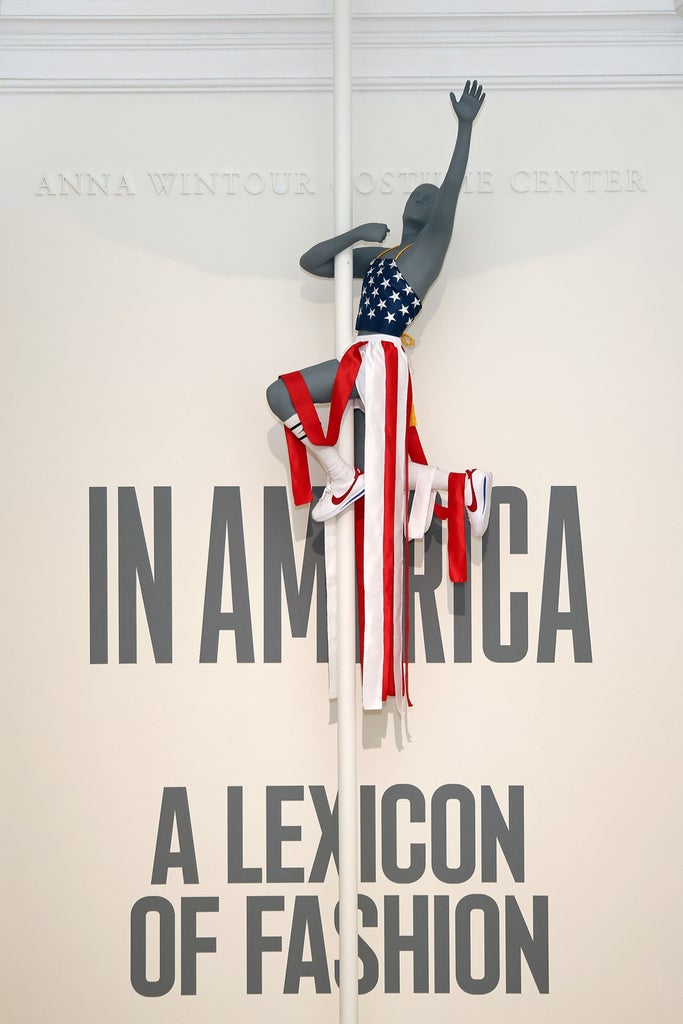
These two designs showcase a social and political consciousness that past Latin American designers have stayed away from, preferring to dress the wealthy in traditionally conservative silhouettes with hefty price tags. Later, audiences get a glimpse of Gabriela Hearst’s work: an artisanal ruana — a poncho-style wrap from the Colombian Andes — done in collaboration with women-led collective Manos del Uruguay. While Hearst, who is now the creative director of Celine, has chosen to credit the artisans behind her work, many of her peers don’t. And when it comes to Latinx representation in U.S. fashion, it’s often the artisans and garment workers behind the scenes, many of whom are undocumented or from Indigenous communities, who are missing from the credits.
Take, for example, the Carolina Herrera Resort 2020 collection by Wes Gordon, which used traditional Mexican sarapes — a blanket-like shawl originating in Mexico — as well as embroidery techniques birthed by Indigenous communities in the country, but failed to identify and credit the source of these techniques and design traditions. Titled “Latin Holiday,” the collection was even criticized by Mexico’s secretary of culture through a letter in El País that asked the house to credit their people.
But, the Costume Institute’s Bolton made the choice to include and credit the Manos del Uruguay dress. He also opted to highlight the countries of origin of immigrant designers. This exhibit was one of the first times I saw Herrera labeled as Venezuelan and Toledo as Cuban. This tiny detail makes all the difference. Latinx representation is not perfect, but it still matters to understand where we come from, who we are, and who is still missing from the great Latin American quilt — and to know that even while rolling our R’s, or lacking family connections, a career in American fashion is possible.
Like what you see? How about some more R29 goodness, right here?
The Word 'Latinx' IS A Betrayal To Latinidad.

